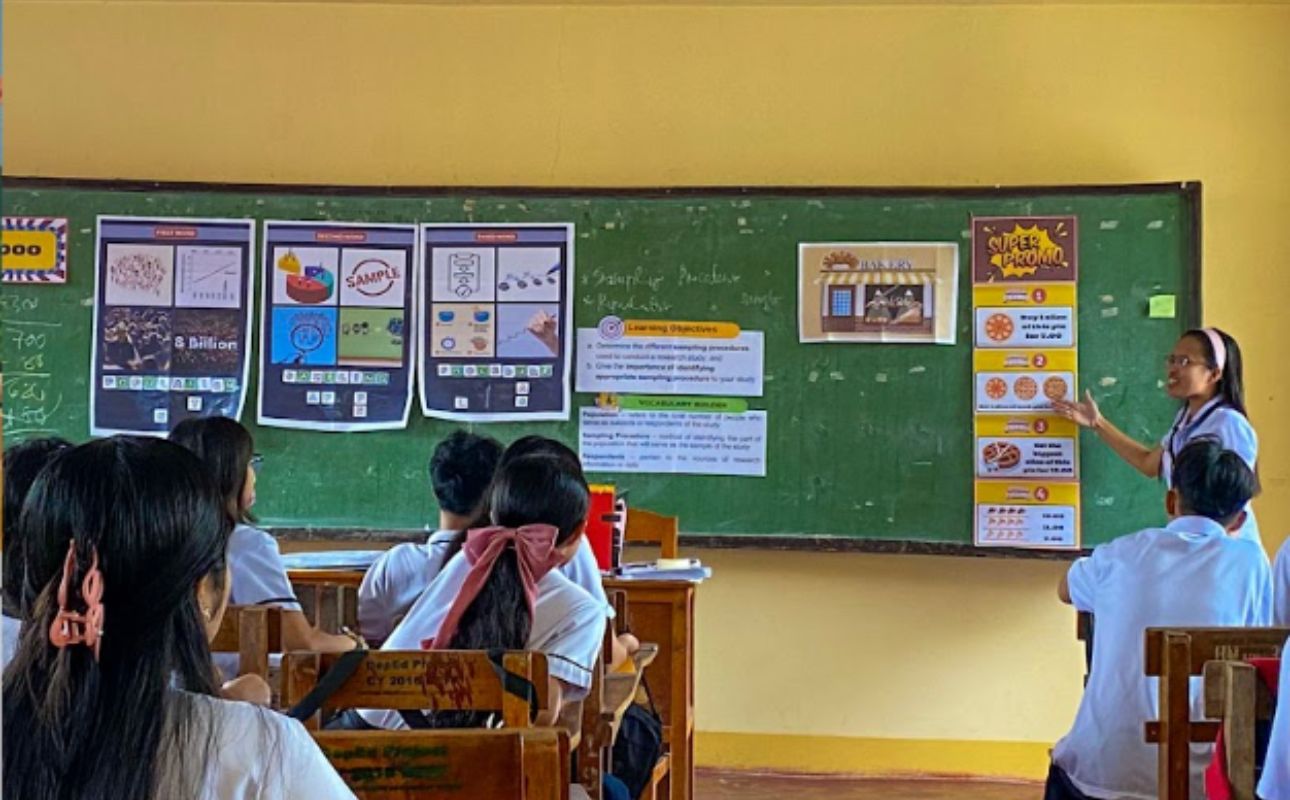Since the COVID-19 crisis, students' attention span has become a growing problem for teachers. As some research has shown, a typical student’s concentration span is about 10 to 15 minutes long. Other recent studies suggest the students' attention span has dropped to eight seconds. While it is true that Filipinos are reading less than before, students' attention is also a relative concern.
It's indeed true that teaching will only be effective if you catch and maintain students' attention in the first place. To address this problem, we must first answer the question 'why'... why has the students' attention span become 'shorter than ever' since the COVID-19 pandemic? Moreover, it's one of the purposes of the issuance of DepEd Order No. 21, Series of 2023, or the 'Oplan Baklas' 2023 Brigada Eskwela Implementing Guidelines before the start of the academic year. It still seems not effective that the removal of these posters, tarpaulins, unnecessary artwork, and other decorations inside classrooms will enable students to be more focused on their lessons with minimal disruptions.
As a practice student teacher, I have observed and discovered a lot about today's students. One of these observations and discoveries is about their attention span. For instance, in one hour, you'll possibly just maintain their attention for eight seconds right after the preliminaries, which posed a great challenge for me and to most of the student teachers (STs) deployed in our area. Knowing that I'm one of the two deployed STs handling Grade 12, attention span is still a challenge along with instructional competencies that I must observe.
During the duration of our one-week classroom observation, I came to realize the need for strategies to heighten students' attention span and that's the use of creative instructional materials that will pose excitement to students to maintain their attention throughout the lesson.
Another thing that I found out during my internship is that students will likely prefer to do other things like sleeping in class or looking outside of the classroom if the routines of their teachers were already expected and observed on a day-to-day basis. You will actually hear remarks like, "ayy magpapaKopya lang naman yun si Ma'am ng notes," "Nagtuturo lang naman si Madam 'di naman yun nagbibigay activities," or "Nagbibigay lang naman yun si Madam ng activities."
What do these remarks say about the type of students we have even before the pandemic?
Students of today's generation want a teacher who is unpredictable, and who still incorporates creative instruction materials using technology or made traditionally. Students are more participative if they are the center of the learning process or the ones who will discover and learn concepts, and teachers serve as facilitators in what we call learner-centered education.
For two months in my internship journey, I have seen the enjoyment and participation of my students more than my goal of just maintaining their attention span. While social media and other platforms like TikTok indirectly impose a fact that the increasing use of technology is altering the way our brains work by continuously demanding engagement for seconds at a time, same as to Facebook reels, we, teachers, should be more creative, determined, and explorative to align our activities, materials, and strategies to this growing demand of today's students. Nevertheless, our commitment to teaching is not limited to what is only available, traditional, and written.
(Hazel N. Abila, 22, is a 4th-year BSED English student leader residing in Ligao City, Albay. She is a former journalist from Bicol University Polangui. Her ultimate dream has been to become a teacher since her active involvement as a volunteer for Batang Guro during the National Teachers’ Month celebration. As of this writing, she is deployed as a practice student teacher in one of the high schools in Ligao City.)





